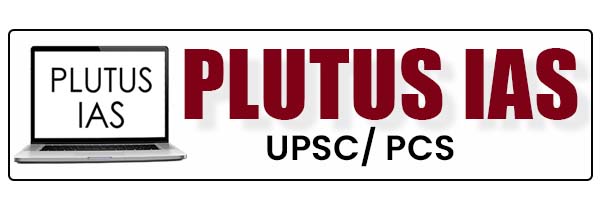02 Dec Big opportunity for local bodies (GS-2, Polity)
CONTEXT : The Department of Expenditure, the Ministry of Finance, has allocated the health grant of ₹70,051 crore (to be released over five years, from FY2021-22 to FY2025-26)
In early November 2021, ₹8,453.92 crore were released to 19 States, as a health grant to rural and urban local bodies, as recommended by the Fifteenth Finance Commission.
This grant is for plugging the gaps in the primary health-care infrastructure in rural and urban areas.
Out of ₹13,192 crore to be allocated in FY 2021-22 :
-
Share of rural local bodies (RLBs) → ₹8,273 crore
-
Share of ULBs → ₹4,919 croreIt is significant
-
The allocation in FY2021-22 → relatively small
It would be 2.3% of the total health expenditure.
Good intentions gone wrong
In 1992, as part of the 73rd and 74th Constitutional Amendments, the Panchayati raj institutions and urban corporations and councils areas were transferred the responsibility to deliver primary care and public health services.
The PRIs continued to receive funding for primary health-care facilities under the ongoing national programmes.
The government funding for urban primary health services was not channelled through the State Health Department and the ULBs did not make an equivalent increase in allocation for health.
The reasons :-
-
Resource crunch
-
Lack of clarity on responsibilities related to health services
-
Completely different spending priorities
The National Rural Health Mission was launched in 2005, to support the primary health-care system in India and enhance the impact of RLBs not spending on health.
In 2017-18, Out of of the total annual health expenditure in India.:-
The contribution of the ULBs in India→ 1.3%
The contribution of RLBs in India → 1%
Both urban and rural India need more health services; however,
The challenge in rural areas :-
the poor functioning of available primary health-care facilities
The challenge in urban areas :-
It is the shortage of both, the primary health-care infrastructure and services.
CHALLENGES –
-
Urban India has only 1/6th of primary health centres in comparison to rural areas.
-
Urban primary health-care services are weaker than what is available in rural India.
For Example-
-
Regular outbreaks of dengue and chikungunya
-
People facing struggle to undergo to seek COVID-19 consultation
-
testing services issues in 2 waves of the covid pandemic
The problems further compounded by following factors :-
-
The low priority given to health
-
The insufficient funding for health
-
Lack of coordination between a multitude of agencies responsible for different types of health services
Few years ago, some reports of Delhi municipal corporations stated :-
-
Refusal to allocate land for the construction of mohalla clinics
-
Demolition of some of the under-construction clinics
In the 15th Finance Commission health grant –
-
The urban share is nearly five-fold that of the annual budget for the NUHM
-
Rural allocation is one-and-a-half-fold that of the total health spending by RLBs in India
Important steps to be taken :-
-
the grant to be used as an opportunity to sensitise crucial stakeholders in local bodies ( elected representatives and the administrators), on their role and responsibilities in the delivery of primary care and public health services.
-
Awareness of citizens about the responsibilities of local bodies in health-care services should be enhanced, to enforce the accountability.
-
Greater role of the Civil society organisations in raising awareness about the role of Local bodies in health, and developing local dashboards to mark the progress made in health initiatives.
-
Fifteenth Finance Commission health grants should not be treated as a ‘replacement’ for health spending by the local bodies.
-
Mechanisms, be institutionalised, for better coordination among multiple agencies working in rural and urban areas.
-
Local bodies remain ‘health greenfield’ areas. The young administrators in charge of such RLBs and ULBs and the motivated councillors and Panchayati raj institution members need to use this opportunity to develop some innovative health models.
-
Prior to the novel coronavirus pandemic, a number of State governments and cities had planned to open various community clinics in rural and urban areas. The funding should be used to revive all these proposals.
The Fifteenth Finance Commission health grant has the potential to create a health ecosystem which can serve as a much-awaited launching pad to mainstream health in the work of rural and urban local bodies.
Download plutus ias daily current affairs 2 December 2021
Plutus IAS Current Affairs Team Member



No Comments